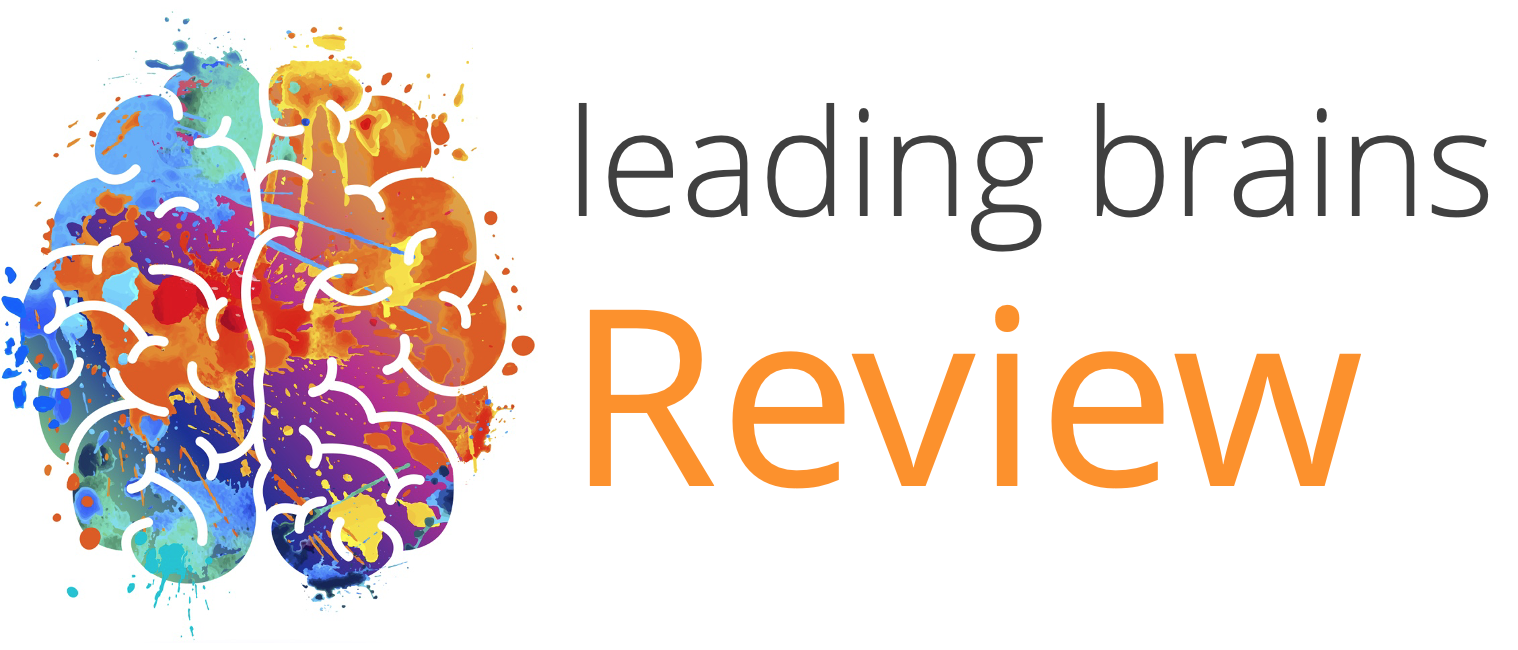Quick Hits
Daily brief research updates from the cognitive sciences

Falling asleep is a funny thing – you don’t need to think about it when it happens but can cause many people who can’t incredible frustration, not to mention the negative cognitive and health impacts that ensue from lack of good sleep.
You may know of the brain chemicals that help you to sleep, specifically melatonin, that you can also buy at your local drugstore to help you sleep. But as with all things in the brain it is never quite that simple. I reported previously on how toxins build up and genetic rubbish also that makes you tired. But recent research into fruit flies has given us some more fascinating insights.
You may think fruit flies are not really a good proxy for us human beings, but they are commonly used in research. They have simple brains, ethically it is unquestionable, but they also have a lot of similarities when it comes to daily patterns to us human beings.
Fruit flies are active in the day, sleep at night, and like to take a little nap in the afternoon, particularly on hot days. Caffeine keeps them up, and drugs that put us to sleep work on flies, too. So all in suitable to research.
They researchers around Stephane Dissel at Washington University of Medicine zoomed in on 24 neurons that help regulate sleep in these flies and particular the chemical reactions between them which include dopamine that promotes wakefulness, and something called allatostatin A, plus glutamate, a transmitter that in this area promotes sleep.
The researchers looked at two scenarios that are similar to human beings. One is that learning or intellectual challenge makes us tired, this can be through holding meetings, studying or bashing through business case studies. The subsequent sleep helps us consolidate this learning.
What they noticed in the flies is that when flies were in a crowded social environment or learned a new behaviour this changed the responsiveness of the neurons to dopamine (less responsive) therefore making them sleepier. This is in itself already fascinating because it isn’t he build-up of toxins which we would assume could make us tired but a change in responsiveness of a neurons to the chemical transmitters in the brain.
The second scenario involved stressing the flies, translating into stress or fear reaction in human beings. In flies simple, shake the vile you are keeping them in to stress them out. In this situation the flies’ brains produced both allatostatin A and glutamate – actually opposing signals but this helped the flies to stay awake.
This shows that it is the chemicals in the brain allowing alertness to stress or fear that can keep you awake.
The research however, discovered a few other fascinating features that could apply to use human beings also. They also identified naturally insomniac flies those that slept a lot less – their brain cells had abnormal reactions to those chemicals that influence sleep. This therefore suggests there is a genetic disposition to insomnia.
But a surprising answer to help this problem is that of time-restricted feeding. When the flies could only eat between 8 am and 5 pm the sensitivity to dopamine changed in their neurons. The flies still slept less but they didn’t show signs of tiredness therefore suggesting that their sleep quality was good. This effect also persisted for weeks after they returned to normal feeding routines.
So, there you go – your brain cells control sleep in ways we hadn’t considered. Stress and fear will keep you awake, no surprise, but if you’re having trouble sleeping time-restricted feeding might help sleep quality.

Andy Habermacher
Andy is author of leading brains Review, Neuroleadership, and multiple other books. He has been intensively involved in writing and research into neuroleadership and is considered one of Europe’s leading experts. He is also a well-known public speaker, speaking on the brain and human behaviour.
Andy is also a masters athlete (middle distance running) and competes regularly at international competitions (and holds a few national records in his age category).
References
Stephane Dissel, Markus K. Klose, Bruno van Swinderen, Lijuan Cao, Melanie Ford, Erica M. Periandri, Joseph D. Jones, Zhaoyi Li, Paul J. Shaw.
Sleep-promoting neurons remodel their response properties to calibrate sleep drive with environmental demands.
PLOS Biology, 2022; 20 (9): e3001797
DOI: 10.1371/journal.pbio.3001797
More Quick Hits
Breastfeeding Improves Mother’s Cognitive Abilities — Years Later
Quick HitsDaily brief research updates from the cognitive sciences o are you saying that breast feeding is not only good for the infant but also the mother?!Yes, we’ve know for a long, long time that breastfeeding is very good for the infant. Over...
Mothers Can Pass on Stress to Future Generations
Quick HitsDaily brief research updates from the cognitive sciences presume you’re not just talking about stressed mothers stressing out their kids and/or grandchildren?Not precisely. I’m talking about passing on stress activation patterns in DNA...
Learning Before Age Five Can be Seen in the Brain Forty Years Later
Quick HitsDaily brief research updates from the cognitive sciences ducation before age five leaves structural changes to the brain, identifiable forty years later — impressive! This is the beauty of long-term longitudinal studies (the negative side...
Exercise in Childhood Predicts Healthy Brains (into Adulthood)
Quick HitsDaily brief research updates from the cognitive sciences k, we all know by now that exercise is good for you. Many of you may also be more than aware that exercise is a potent stimulator for the brain encouraging brain growth and...
The Surprising Truth of Why Powerful People can be Toxic
Quick HitsDaily brief research updates from the cognitive sciences e’ve all heard the stories of toxic bosses, and powerful people who happily destroy other people’s lives, and show no compassion to those less fortunate than themselves. There is a...
Leadership Behaviours for More Resilient and Effective Teams
Quick HitsDaily brief research updates from the cognitive sciences hat makes for effective and resilient teams is something that interests many leaders and organisations. I have spoken about some of these aspects in other articles, particularly...






